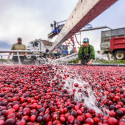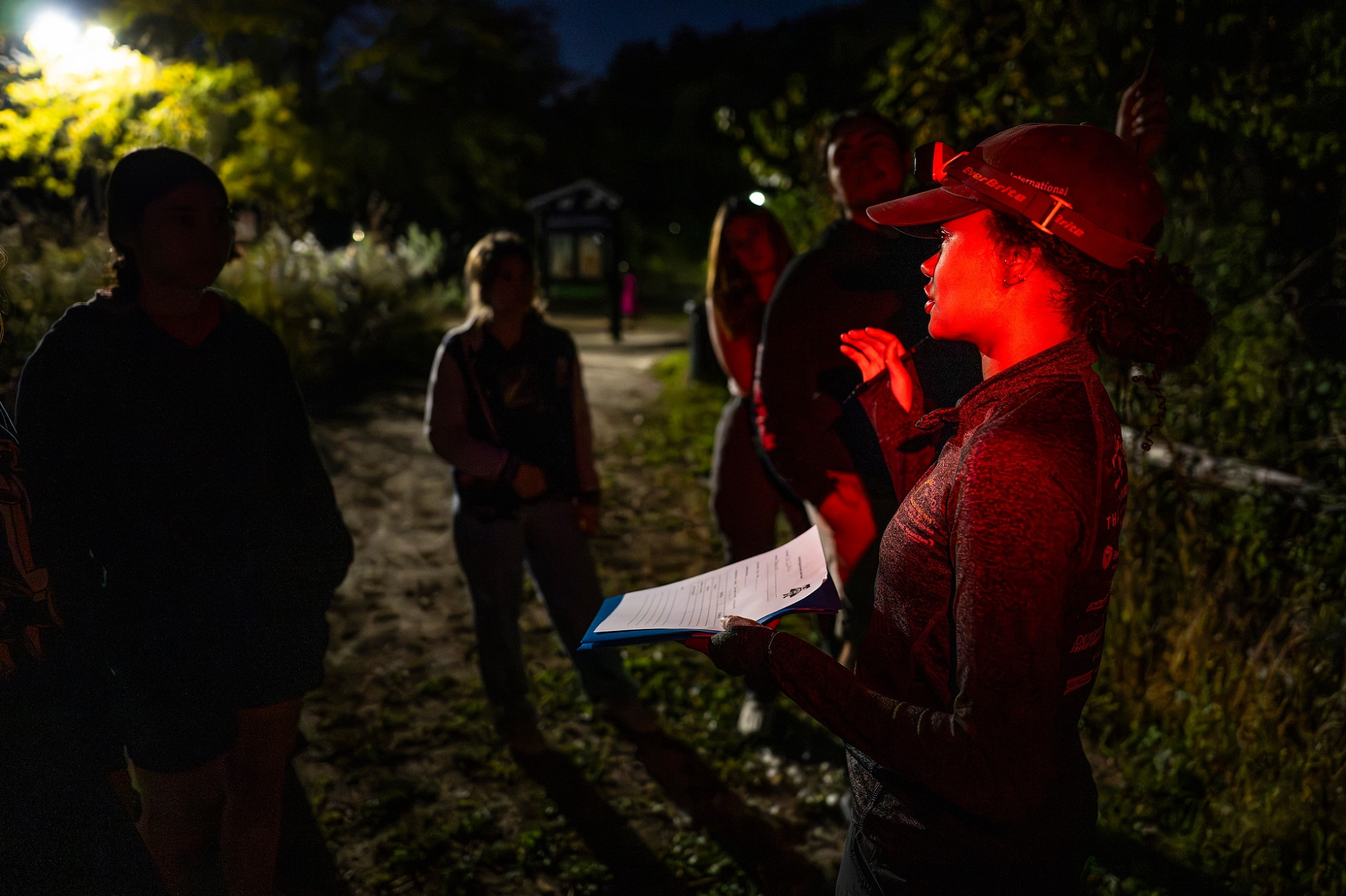
UW Bat Brigade blends curiosity and conservation
Students on the brigade find opportunities to experience campus nature at night, take part in research, and support Wisconsin wildlife conservation.
Sometimes Badgers stay up late in the library studying. Other times they stay up late to count bats in the Lakeshore Nature Preserve with the UW–Madison Bat Brigade.
“When students come out and do one of these night surveys, they put on a headlamp, they’re trekking around like Indiana Jones, and it really excites them,” says Seth McGee, faculty advisor to the brigade.
The UW–Madison Bat Brigade is a collaboration of the university’s Biocore curriculum, which emphasizes hand-on science learning opportunities, and the Wisconsin Bat Program, which is run by the state’s Department of Natural Resources.
Joining the brigade is a chance not only to experience campus nature at night and take part in research, but also to support the Wisconsin Idea. Student volunteers from any academic major can join night hikes to learn about the importance of bats, count them as they leave their roosts and record audio of bat calls to identify the presence of various species. The data students collect is shared with biologists at the DNR who use the information to make decisions about bat management in the area.
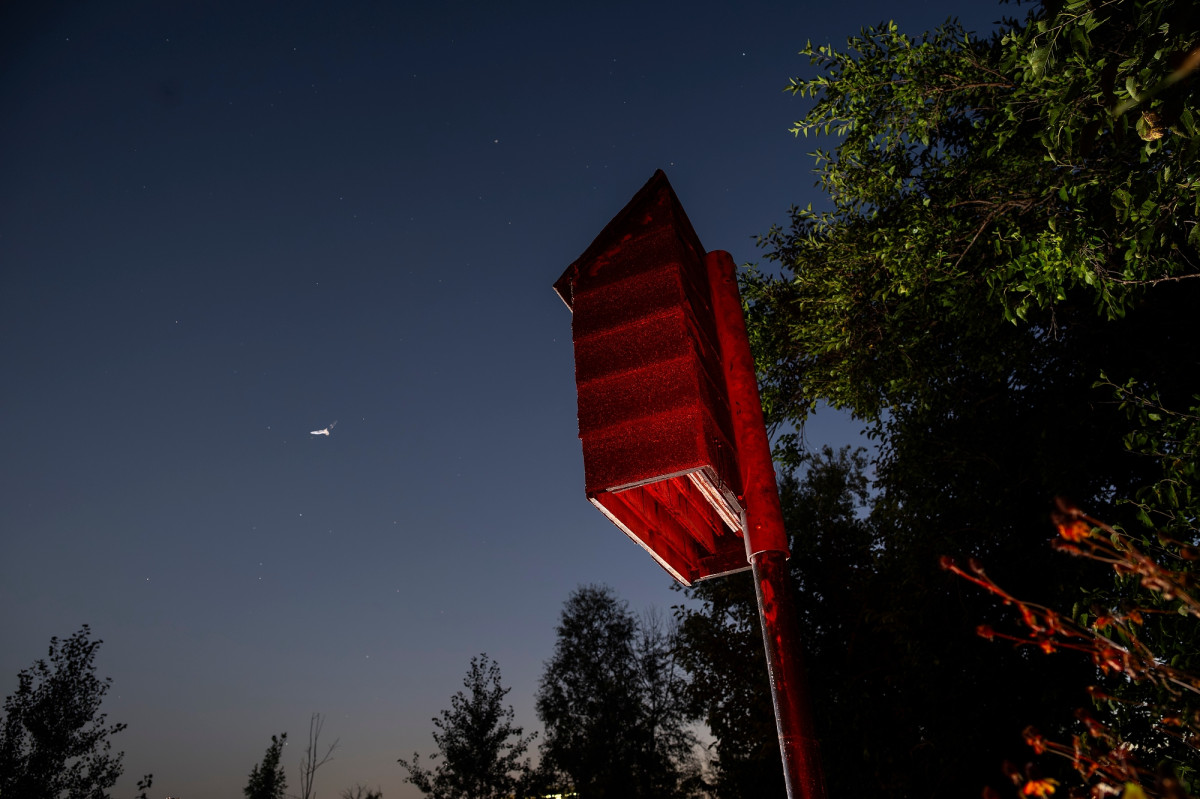
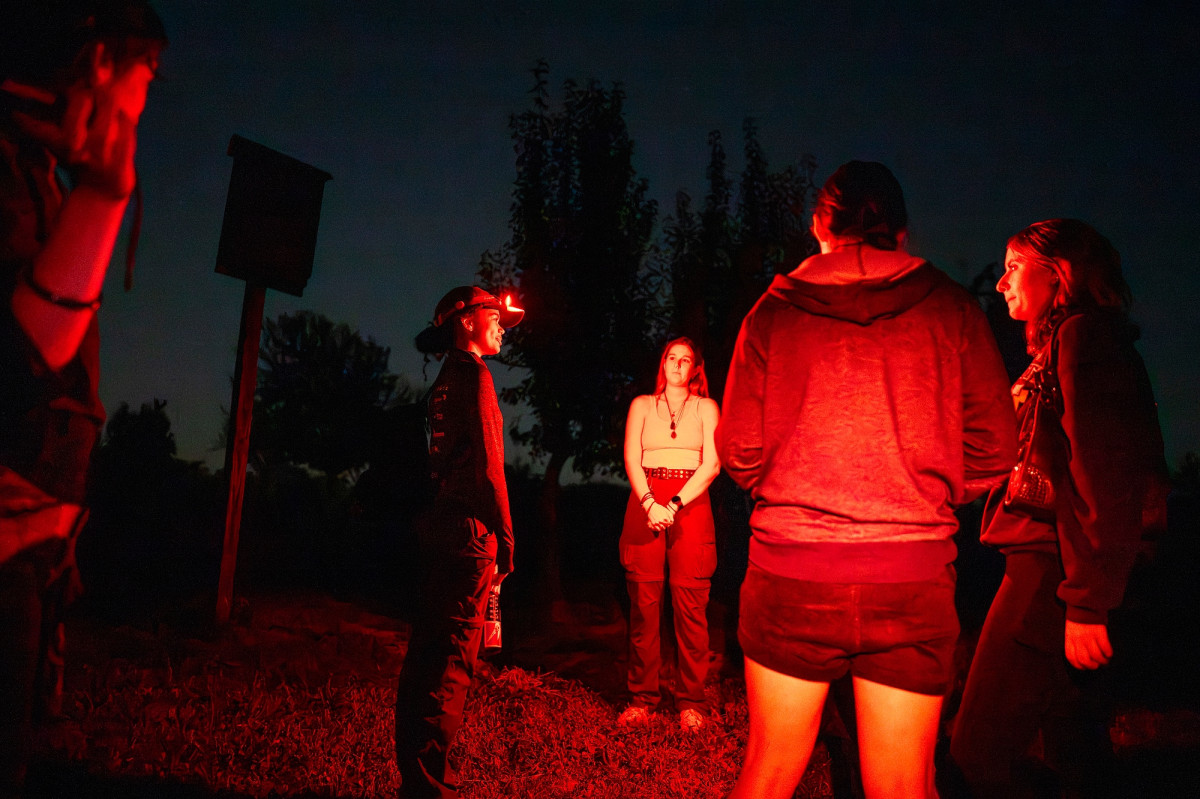
Despite their usual negative reputation, bats are an important part of the ecosystem, says Heather Karrakka, a conservation biologist for the DNR. Wisconsin is home to eight different species of bats, all of which are insectivores, gobbling up night-flying insects like mosquitos and even agricultural pests. Some estimates have found that bats save North American farmers more than $22 billion in pest control services every year.

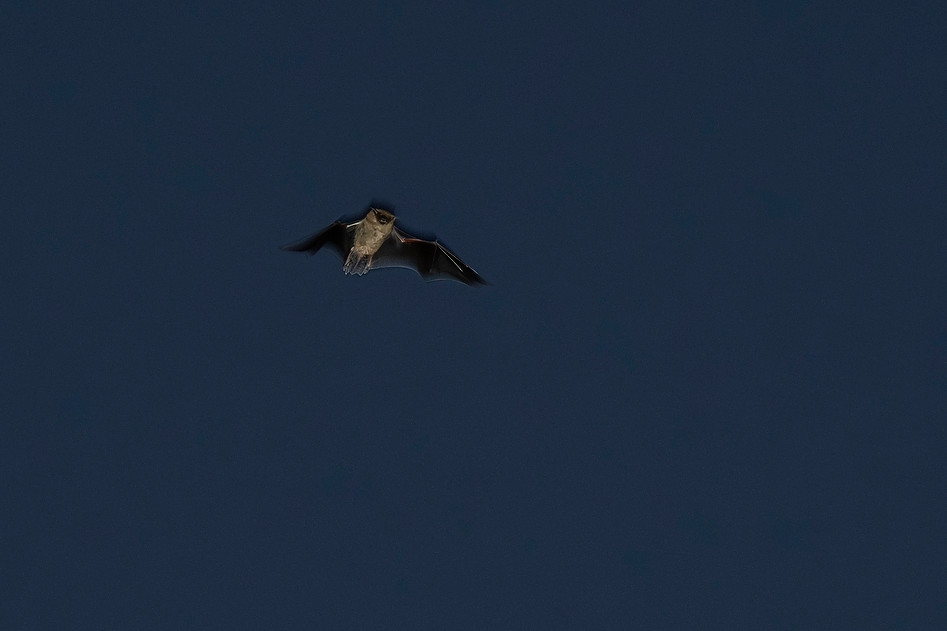
Makeela Magomolla is a prospective double Badger and helps lead the brigade, organizing many of the night hikes and gatherings.
“Bats are very unique mammals,” says Magomolla. “I think other animals are a little better represented than bats. So, I’m always excited when I can pass on that excitement and encouragement to care about these really interesting animals and to get involved.”

